
Beach tourism in your country
Sea and island tourism is a trend in Korean tourism. This country has 2,413km of coastline and about 3,000 small islands, becoming an attractive destination for tourists around the world .
Korea focuses on developing its tourism economy systematically. They have clear plans for training human resources, building tourist areas, promoting tourism, organizing international tourism events, building information systems and promoting to the world.
The Korea Tourism Organization currently has 31 offices located in 19 countries around the world to carry out promotional activities with the aim of raising local people's understanding of Korea as an attractive destination.
At the same time, Korea also uses movies, television, and music programs to promote Korean culture, country, and people, making international tourists increasingly eager to travel and visit this country.
Countries such as Spain, Australia and Thailand are also very successful in developing coastal tourism. They have one thing in common in their strategies: investing heavily in tourism infrastructure (such as hotels, resorts and cruise ports); promoting tourism through creative marketing campaigns, developing unique tourism activities and experiences to attract visitors. Protecting the marine environment is also an important priority to maintain the attractiveness of coastal tourism destinations.
The Vietnamese government has issued a series of strategies for developing sea and island tourism to exploit available resources reasonably. In particular, priority is given to allocating sea space for developing eco-tourism, scientific geological exploration tourism, community tourism, cultural tourism, tourism to islands and offshore areas, maintaining an average growth rate of 11-12%/year, international visitors from 8-10%/year and domestic visitors from 5-6%/year...
Specifically, sustainable conservation policies are set out, especially for the marine environment and the culture of indigenous communities. Measures such as controlling the number of tourists, protecting marine ecosystems and building environmentally friendly resorts are put in place to minimize negative impacts on the environment.
In Bali (Indonesia), at the beaches, visitors can dive to see corals, marine life, paragliding, surfing, canoeing and other water sports.
And visitors can also participate in experiences about the indigenous culture of the Hindu people, from making traditional village products, watching traditional Barong dance... The Bali island government is community-centered, rituals and even creative arts festivals are decided by a local community organization called Ban Banjar.

Need more innovative products
Although Vietnam's marine tourism resources in general and Quang Nam in particular are very large, exploitation is still spontaneous and fragmented; tourism products and service systems are still poor and degraded.
In particular, tourism promotion activities are still weak, coupled with a lack of high-quality human resources and ineffective investment.
To develop sea tourism, Quang Nam needs to invest in building and upgrading necessary infrastructure in addition to developing resorts, hotels, and homestays to meet the diverse needs of visitors.
The quality of tourism services and products also needs attention, including training in tourism skills for local people, as well as calculating the development of typical tourism products such as eco-tourism, cultural tourism, high-end resort tourism, and adventure tourism.
Quang Nam also needs to promote regional development linkages by strengthening cooperation with neighboring provinces and large tourism businesses to create attractive tourism packages, combining locations inside and outside the province; developing tours between culture and islands, such as combining visits to Hoi An ancient town and resort activities at the beaches...
In addition, the locality currently has quite interesting traditional coastal craft villages. This is also a unique strength to create different tourism products.
For responsible tourism, localities should develop strict policies and laws to protect the marine and coastal environment; organize campaigns to clean up the sea, conserve biodiversity and develop sustainable tourism; conduct periodic environmental monitoring and assessment for tourism activities.
The application of information technology to tourism management, from booking software, mobile applications for tourists to online platforms for promotion, tour booking, providing necessary information to tourists effectively and conveniently, should also be calculated more carefully.
Source


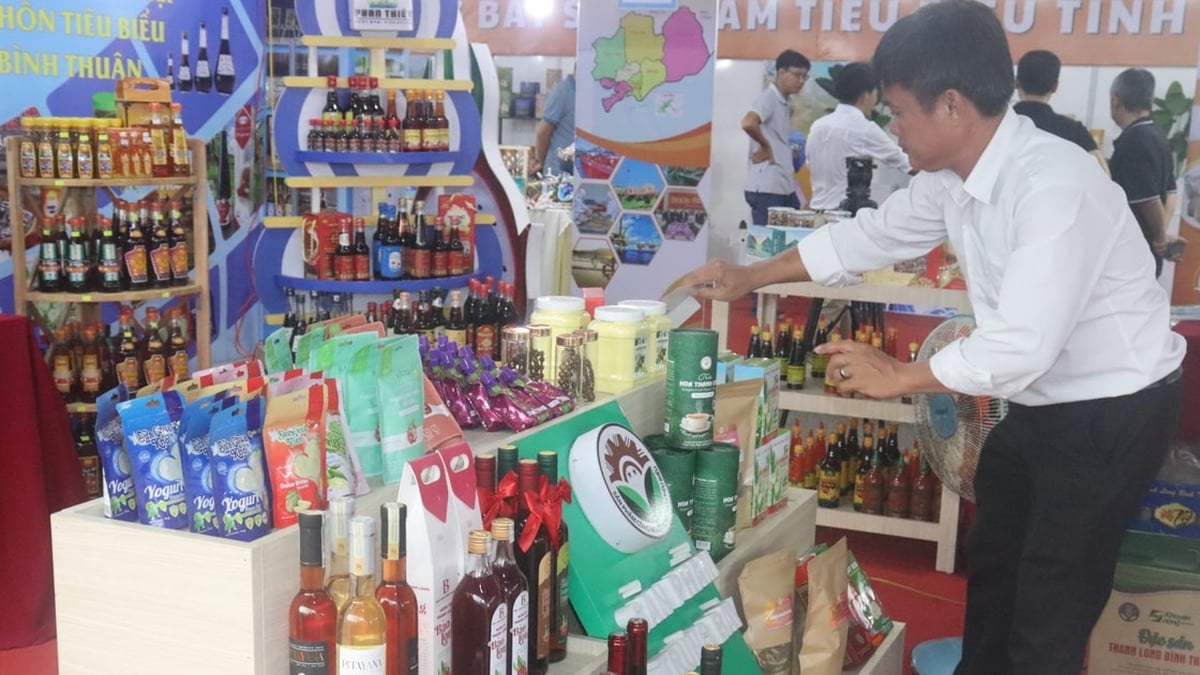
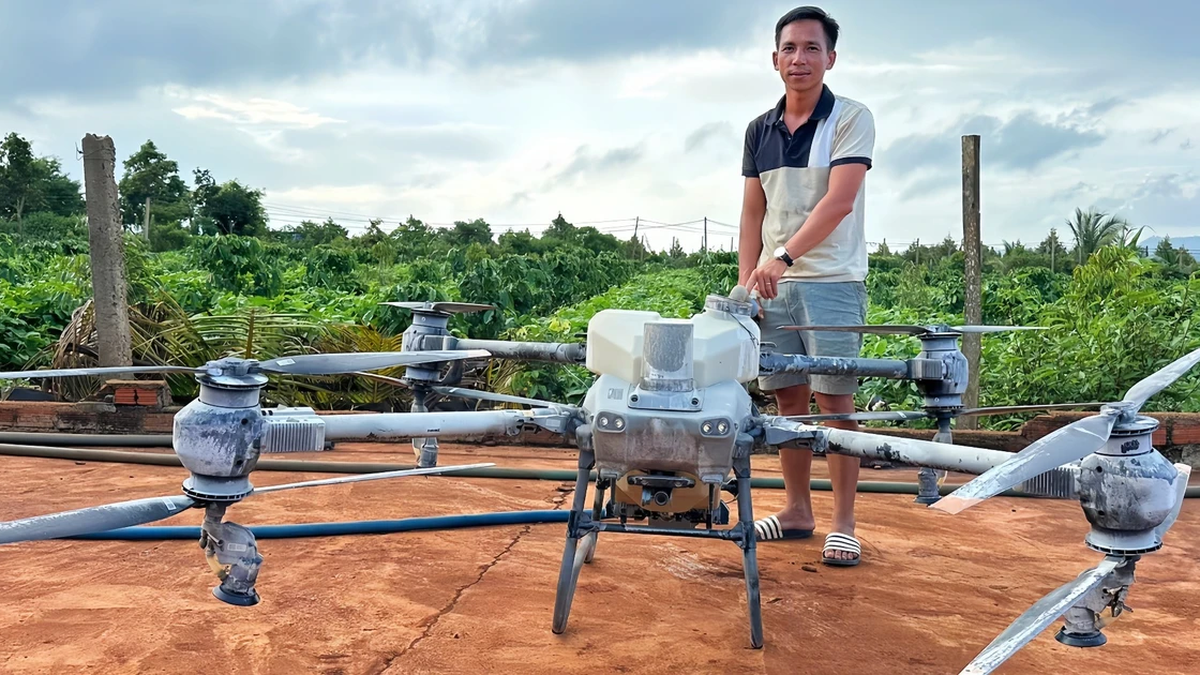
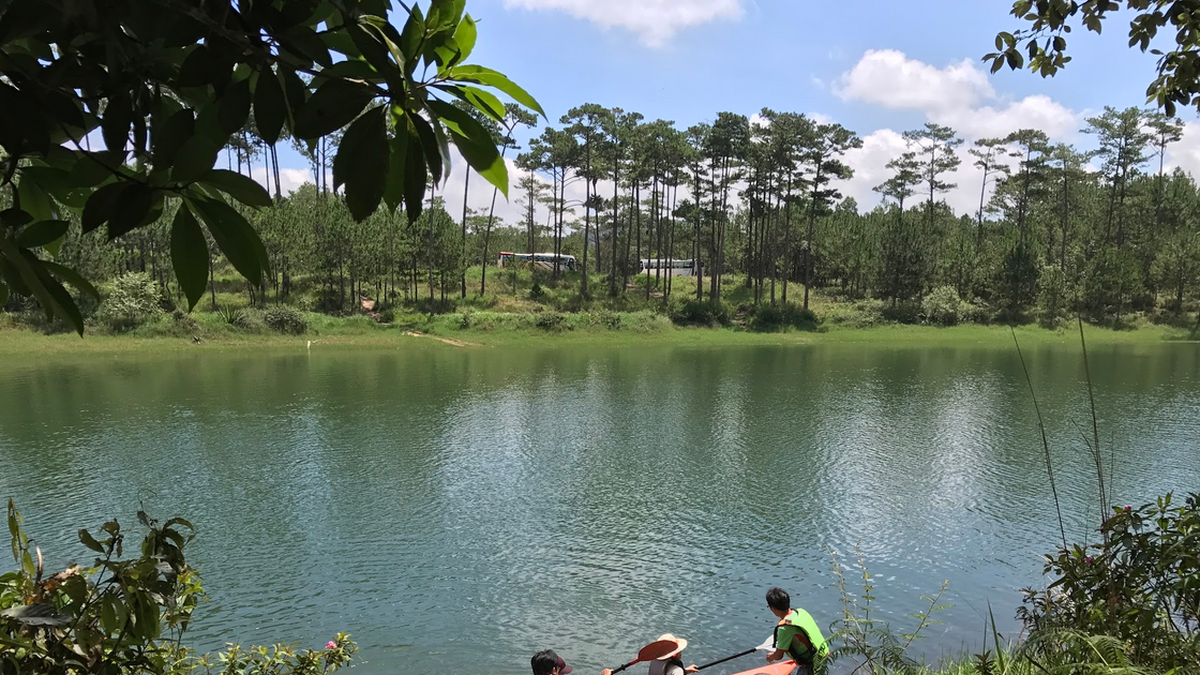
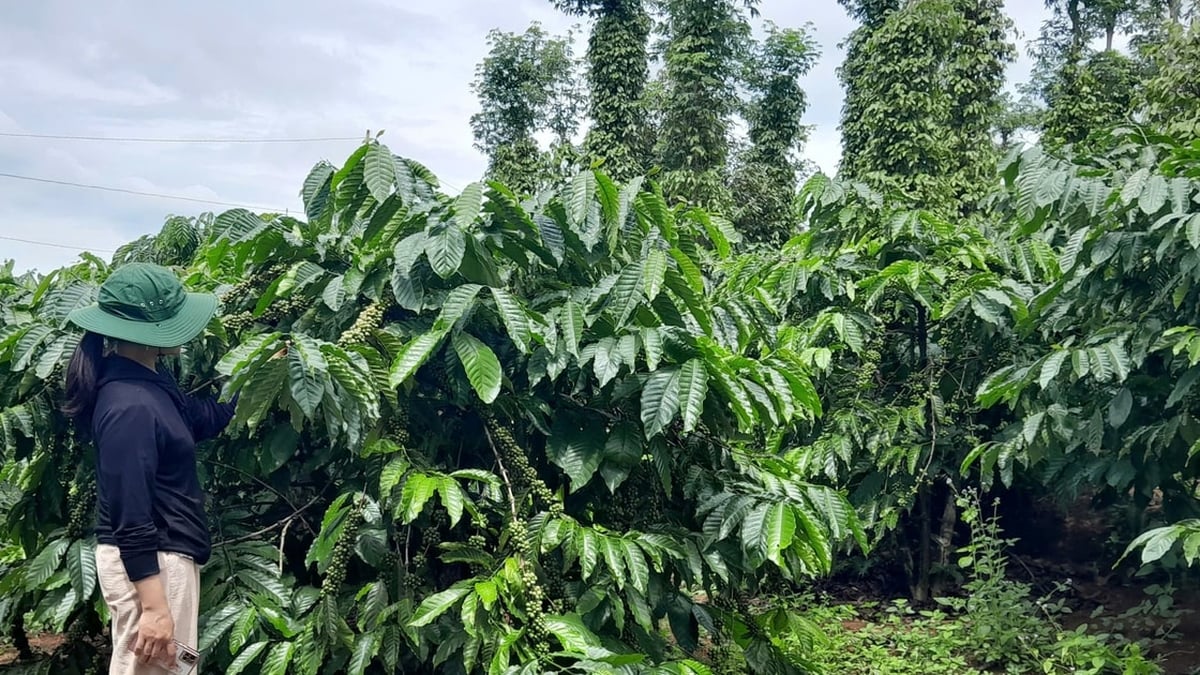


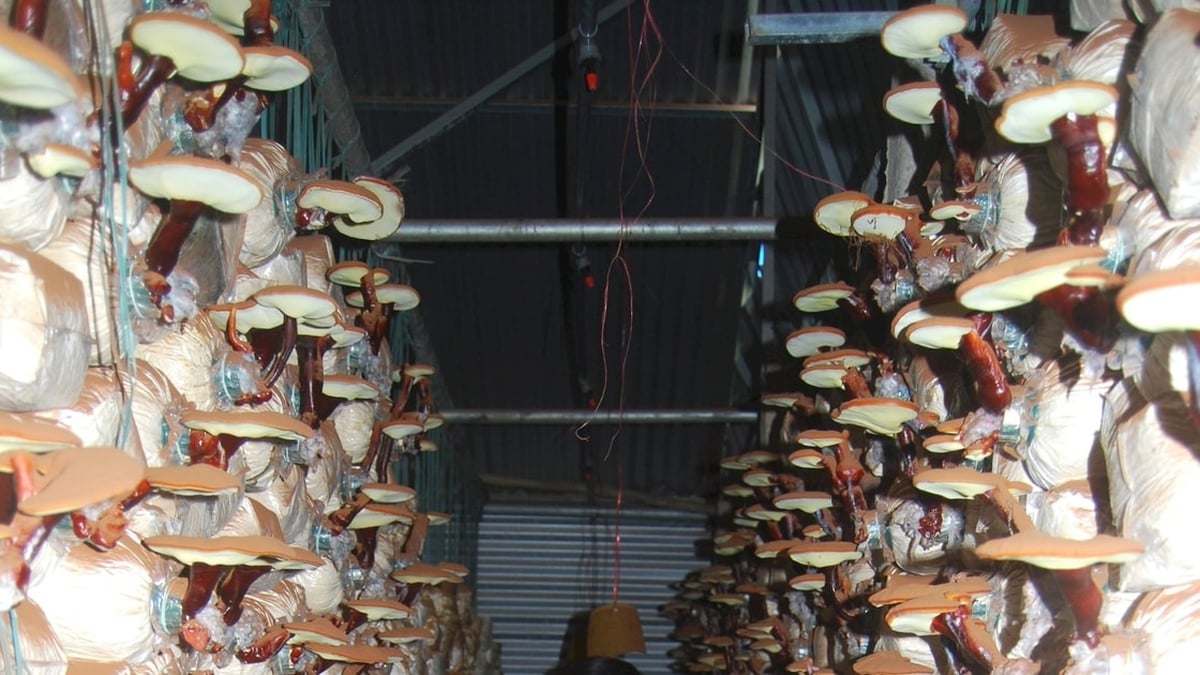
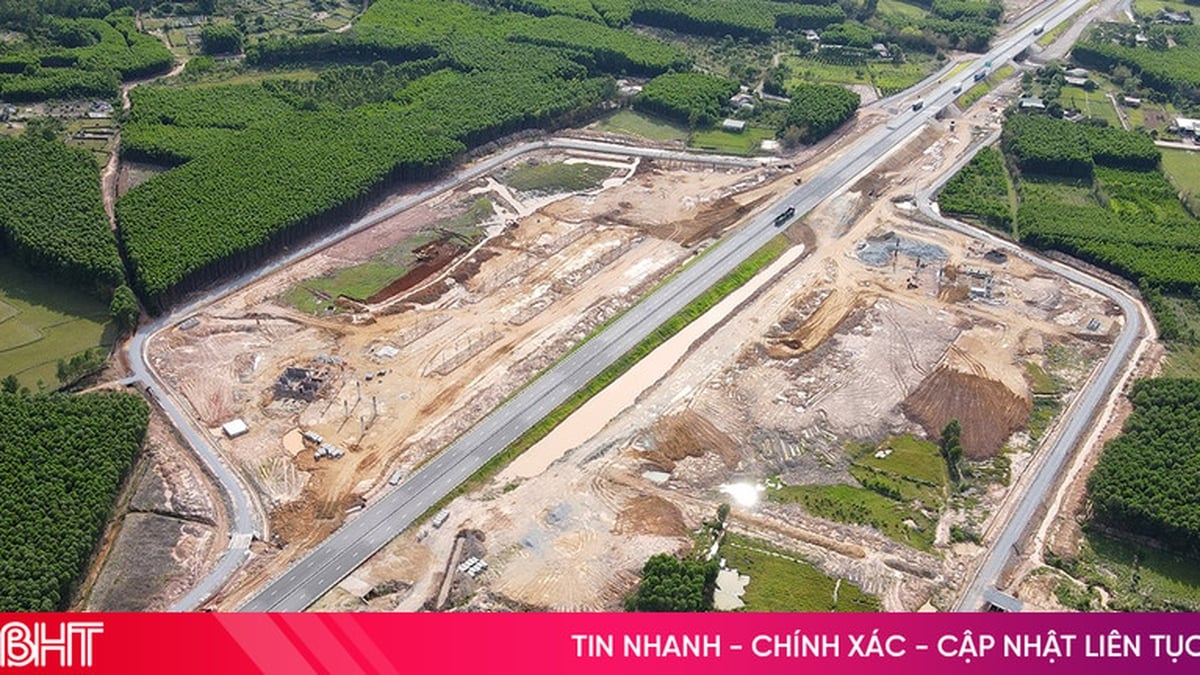

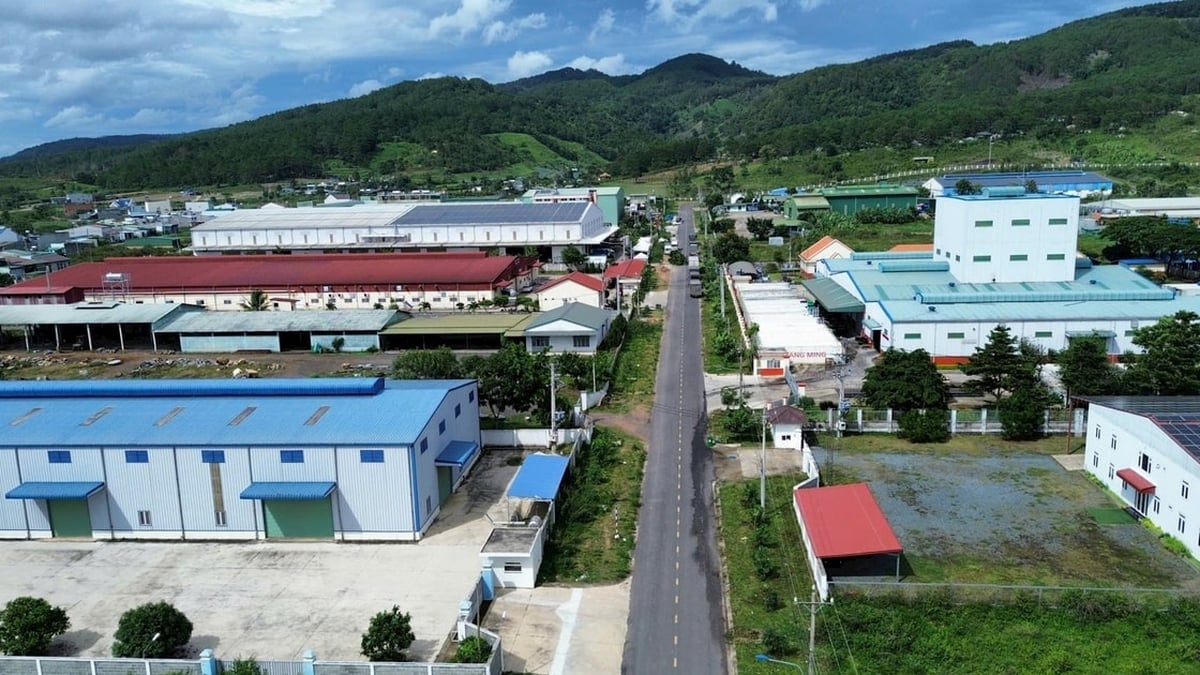











































![[Maritime News] Container shipping faces overcapacity that will last until 2028](https://vphoto.vietnam.vn/thumb/402x226/vietnam/resource/IMAGE/2025/7/30/6d35cbc6b0f643fd97f8aa2e9bc87aea)










































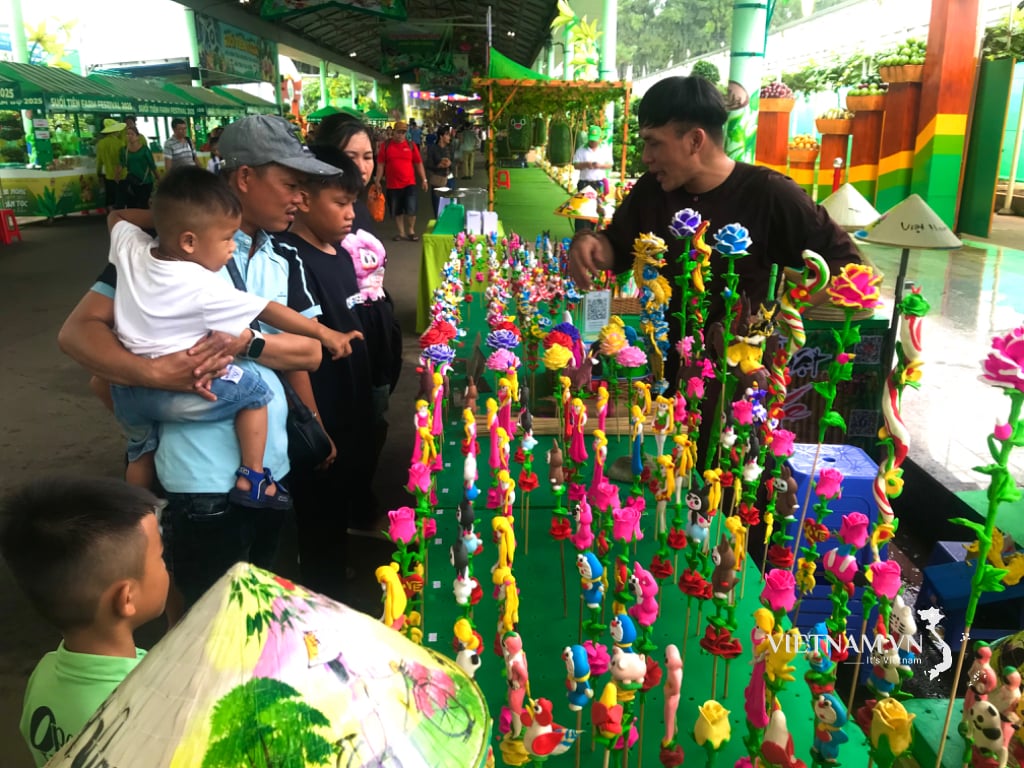

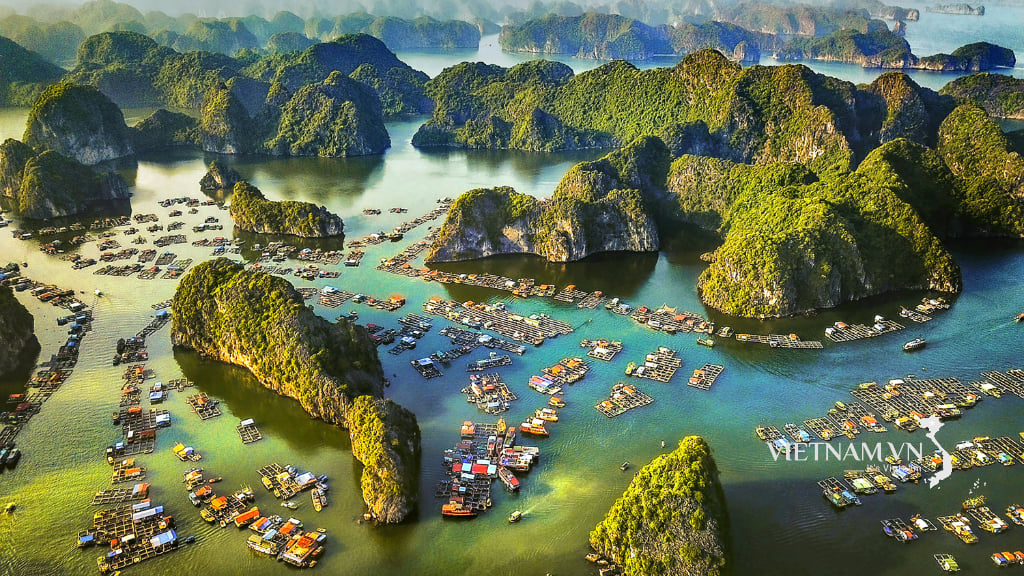
Comment (0)